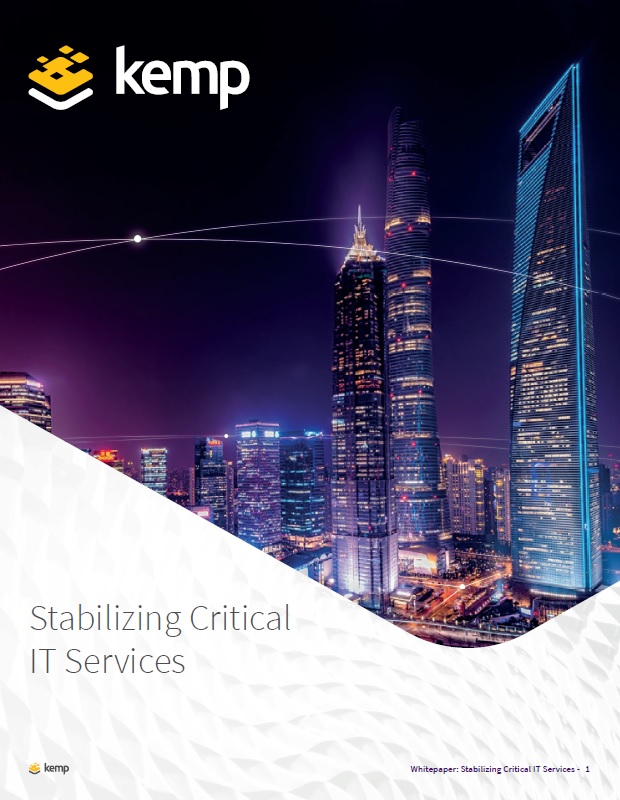Today, IT has to not only deal with internal issues and organization, but also juggle with the implications of remote working. With some people working in the office, some remotely, and some in different time zones, IT has to service the internal applications, Enterprise Resource Planning (ERP) software, customer-facing applications, and a host of other applications.
They have to be available 24/7 to support a distributed workforce. Additionally, there is a huge amount of uncertainty in business, and that follows through to IT. At the same time, we are seeing a constant and relentless progress in IT operations and pace. Organizations find themselves grappling to manage IT as they prepare to adapt to changing requests from shifting requirements. They struggle to focus their IT efforts and investments, and find it a challenge to maximize the impact of existing resources and investments in technology.
It is often unrealistic for organizations to expect every single IT change to be rolled out successfully, and the importance of the ability to manage expectations is reflected in the increasing gap between leading and low-performing organizations. However, this gap also puts pressure on IT teams around continuous improvement as stakeholders have higher expectations of the outcomes.
In order for IT to find a viable solution to these challenges, longer-term thinking is needed. Certain crucial questions need to be addressed before IT can implement agile solutions in a changing world: How can IT visibility be achieved? How should decisions be made? How can complex problems be solved? How can collaboration be fostered? And lastly, what blockers and frictions exist in current IT systems? Download this whitepaper to find out more.
















